What Causes Elbow Pain?
No one likes it when part of their body hurts, particularly when it is a part they have to move quite a lot. One such part of the body is the elbow, which is crucial to moving the arm and perform countless activities. Quite a few different things can result in elbow pain, including both acute and chronic pain. The good news is the majority of elbow pain will improve with rest and treatment at home. However, affected individuals should go to the emergency room if they have a protruding bone or obvious elbow deformity. Patients should also call a doctor immediately if they have trouble moving their elbow or arm, or if they experience swelling and bruising surrounding the joint or severe pain. Patients should also schedule a doctor's appointment if they have pain that doesn't get better after using home remedies.
Get the full details on the common causes of elbow pain now.
Joint Sprain Or Strain
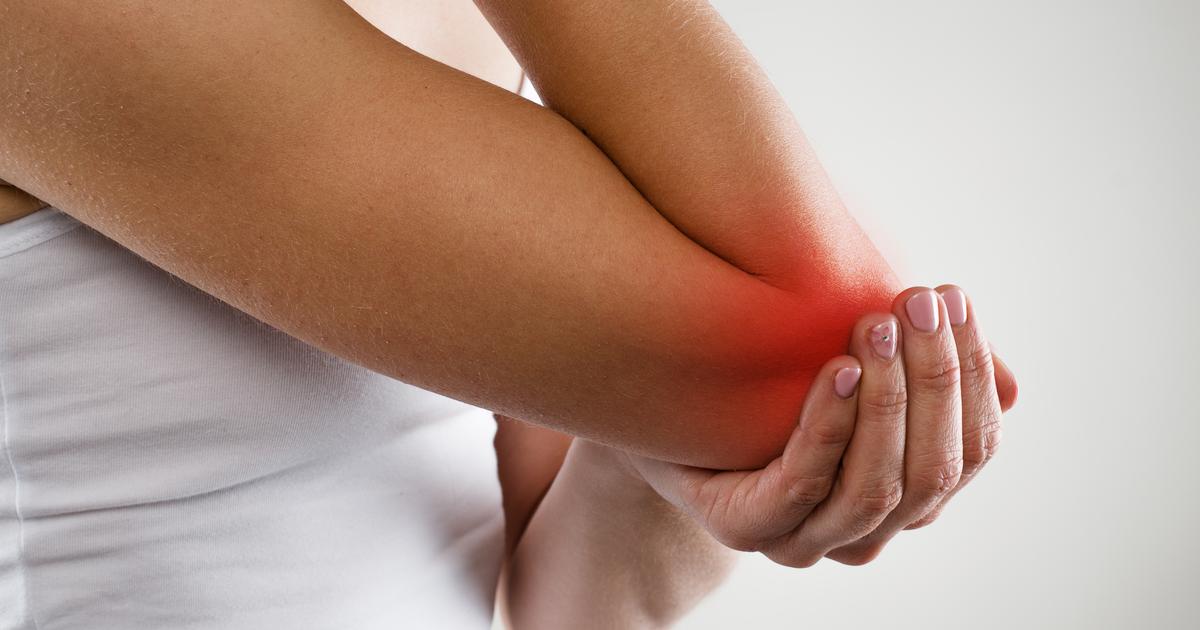
Sprains are caused by ligaments becoming overstretched or torn. While sprains most commonly occur in the ankle, they can also occur in the elbow. A sprain is treated by resting the injured area, applying ice, elevating the injured area to improve blood circulation, and providing gentle compression. If an elbow sprain is severe enough, affected individuals might need to undergo surgery to help repair the torn ligament.
Strains occur when the tendons or muscles are injured. Tendons are responsible for attaching muscles to bones. The symptoms of these injuries vary depending on how severe the injury is. In addition to elbow pain, patients may also experience bruising, swelling, and a limited range of motion in the joint. It's important to see a doctor if individuals think they may have a fracture. If an individual can't move their elbow at all, have pain directly over the connecting bones, or feel any numbness around their elbow, they need to see a doctor.
Read more about the causes of elbow pain now.
Tennis Elbow
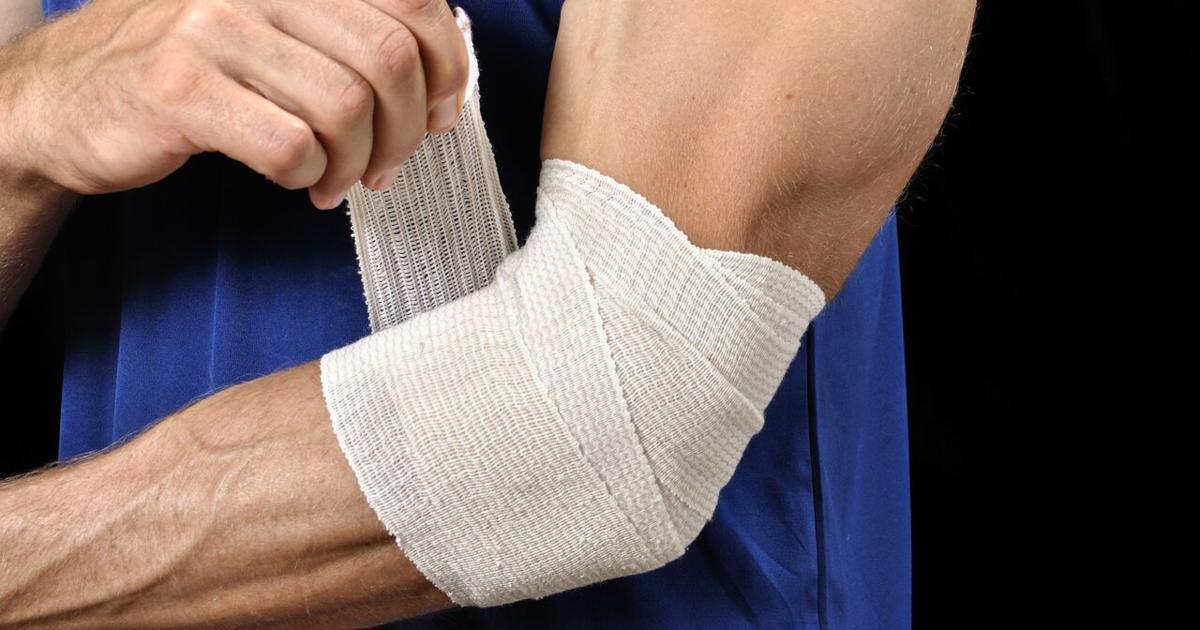
Tennis elbow is a condition that develops when elbow tendons become overloaded and is most commonly caused by repetitive motions in the arm and wrist. The medical term for tennis elbow is lateral epicondylitis. Though the condition is best known for being caused by tennis, there are many reasons individuals may develop it. Butchers, carpenters, painters, and plumbers all do jobs that involve the same kinds of repetitive motions that lead to tennis elbow. Elbow pain with this condition usually occurs where forearm tendons attach to the bony bump found outside the elbow. Depending on the case, the pain can move into the individual's wrist and forearm. Over-the-counter pain medicine and rest can help relieve the pain from tennis elbow. If these treatments aren't helpful, or if a patient's symptoms are severe enough that they cause disability, surgery may be necessary. The weakness and pain associated with this condition may make individuals have trouble with holding a coffee cup, turning doorknobs, gripping objects, and shaking hands.
Uncover more information on what can cause elbow pain now.
Bursitis

Bursitis develops when bursae, which are small sacs filled with fluid, become inflamed. Bursae are responsible for cushioning muscles, tendons, and bones around joints. In addition to the elbow, the other most common places for bursitis to occur are the shoulder and hip. Some individuals experience bursitis in the heel, base of the big toe, or knee. It's most common for bursitis to develop by an individual's elbow if they perform repetitive motions. The main treatment is to rest the affected elbow and keep it from experiencing any further trauma. The majority of cases resolve in a few weeks, provided patients have given their joint adequate rest. It is common for individuals to experience recurring flare-ups. Bursitis may cause the elbow joint to feel stiff and achy. It might also look red and swollen. If an individual's elbow pain is caused by bursitis, the pain might get worse if they press on their elbow or move the joint. Affected individuals should call a doctor if they have a rash or bruising in the area, or if they experience disabling pain.
Uncover more causes of elbow pain now.
Arthritis

Multiple types of arthritis can cause swelling, stiffness, and pain in the elbows. Osteoarthritis is the most commonly occurring type of arthritis. It causes the cartilage cushioning joints to break down, which then causes bones to rub against each other and become damaged. Osteoarthritis in the elbows is generally caused by an injury or overuse. Rheumatoid arthritis is an inflammatory disease that most commonly causes arthritis in the elbow. Since rheumatoid arthritis tends to have symmetrical joint involvement, usually both elbows will be affected. Some individuals have juvenile arthritis, which is arthritis that develops before they turn sixteen years old. Oligoarticular juvenile arthritis can often affect the elbows. Psoriatic arthritis is a type of arthritis that occurs alongside psoriasis, and these patients might experience a rash over their elbow and inflammation of the elbow.
Keep reading to uncover more potential causes of elbow pain now.
Broken Bone

A broken bone can lead to pain in the elbow. Depending on the injury, patients might also experience pain in their hand, wrist, and shoulder, as well as the rest of their arm. Three bones comprise the arm: the humerus, radius, and ulna. Falling onto an outstretched hand is a very common cause of broken bones. If individuals suspect they have broken a bone, they should get medical treatment as soon as possible. It's important to assess and treat the break to make sure it heals properly. Simple breaks are often treated with rest, ice, and an immobilizing sling. Some simple breaks need to be realigned in the emergency room so they don't heal wrong, and more complicated breaks might need surgery to align the bones and make sure they stay in place while they heal. Broken arms tend to cause swelling, bruising, severe pain, and a lack of movement in the joints. The pain might get worse with movement.
Get more details on the causes of elbow pain now.
Tendinitis

Tendinitis is a condition where the tendons, the thick, fibrous, and flexible bands of tissue that connect the muscles around the body to the corresponding bones, become inflamed and swollen. Tendinitis in the elbow can be caused by overuse of the joint like repeating certain motions too often or by overload when a certain level of activity in the joint is increased too rapidly. In rare cases, tendinitis in the elbow can be caused by certain infections like gonorrhea. Two different types of tendonitis can affect the elbow: medial epicondylitis and lateral epicondylitis. Medial epicondylitis causes an individual to feel pain in the inner side of their elbow and may be referred to as golfer's elbow. Lateral epicondylitis causes pain on the outside of their elbow and is commonly referred to as tennis elbow.
Discover additional causes of elbow pain now.
Dislocated Elbow

Elbow dislocation is a term used to describe when an individual's ulna and radius bones move out of their proper alignment with the humerus bone. The most common causes of elbow dislocation are from bracing the body against a fall and other traumatic injuries like those from an automobile accident. An individual with a dislocated elbow may experience symptoms such as swelling, inability to bend the arm, and severe pain in the elbow. Several complications can occur as a result of a dislocated elbow. Critical arteries and nerves in the arm run through the region around the elbow and can become severely damaged by the abnormal movement of the bones out of alignment. Signs that nerves and arteries have become damaged from a dislocated elbow include the absence of a pulse in the wrist and impaired sensation in the arm or hand.
Read more about causes of elbow pain now.
Cubital Tunnel Syndrome
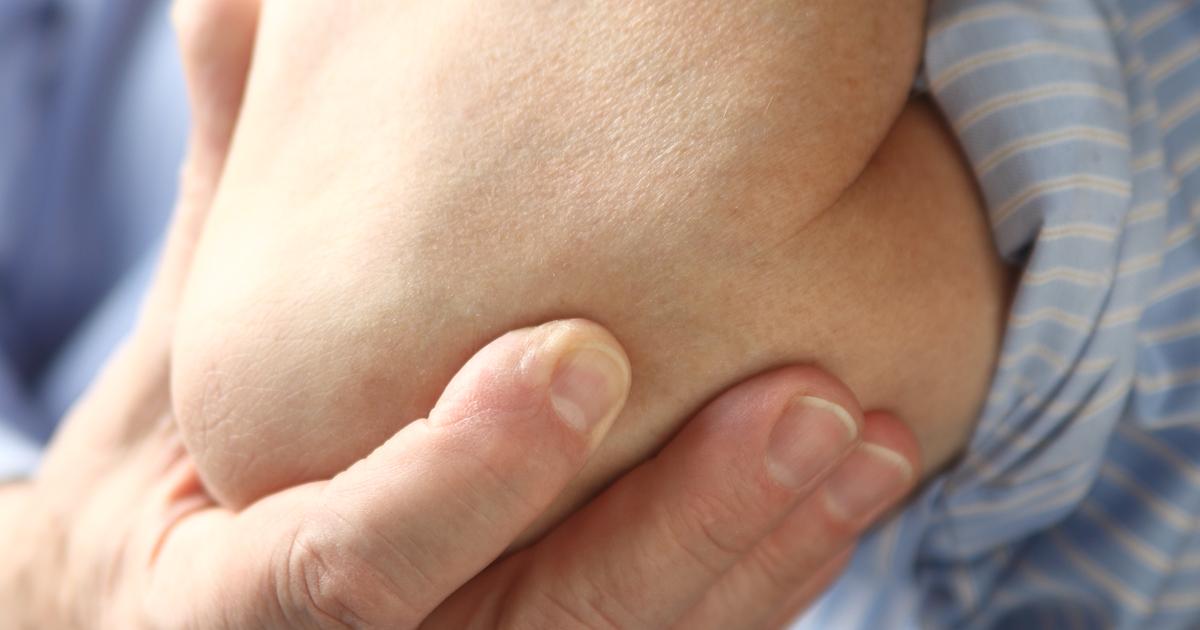
Cubital tunnel syndrome is a condition that affects the nerve known as the funny bone (ulnar nerve). Cubital tunnel syndrome can be caused by an individual placing direct pressure on the ulnar nerve because it does not have much of a tissue buffer over it. An individual who overstretches their ulnar nerve by keeping their elbow in a bent position for a long duration of time may develop cubital tunnel syndrome. Some patients experience elbow pain from cubital tunnel syndrome when the ulnar nerve moves out of place and snaps back and forth over the protruding bony bump in their elbow as they are moving it. The ulnar nerve becomes inflamed from the repeated snapping motion. Most cases of cubital tunnel syndrome can be treated with physical therapy and medical splints, but some cases require surgery to relieve the pressure on the ulnar nerve.
Uncover additional triggers for elbow pain now.
Lyme Disease
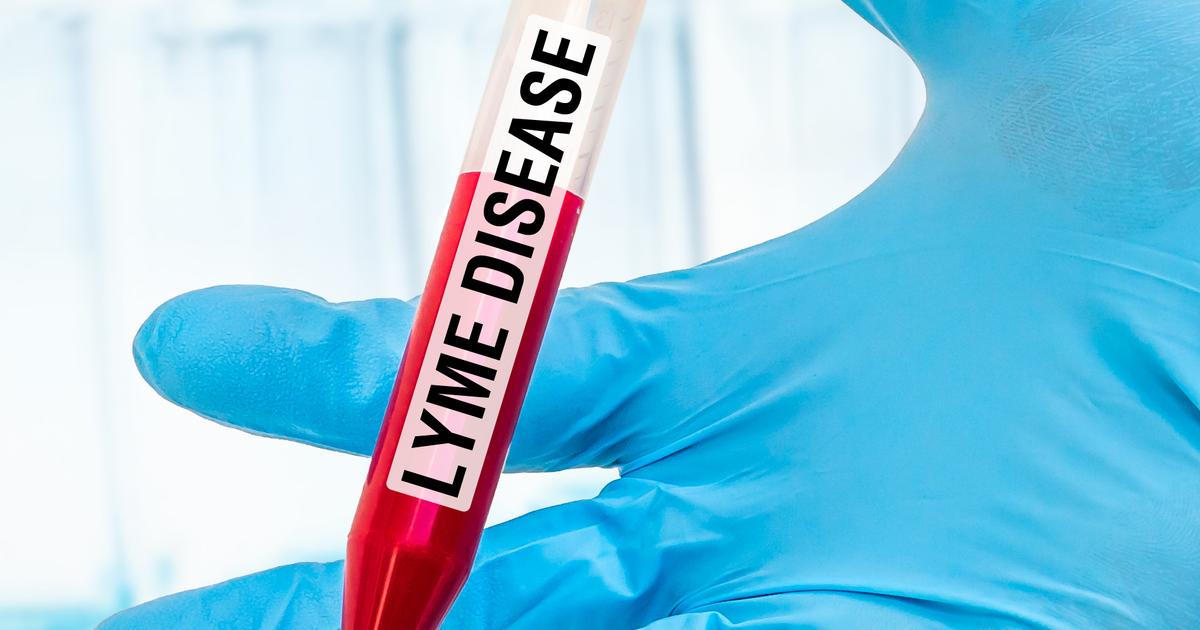
Lyme disease is an infection that develops due to a type of bacteria carried by certain types of ticks. The initial symptoms of Lyme disease resemble some type of flu and a rash on the skin. Several weeks after the infection has developed, an affected individual can experience symptoms like heart problems, hepatitis, eye inflammation, and arthritic joint pain. Around sixty percent of patients who have Lyme disease that goes undiagnosed will develop arthritis as a complication. Elbow pain occurs in a Lyme disease patient when the bacteria that has caused the infection makes its way into the elbow joint and produces inflammation of the synovial tissues. This swelling and inflammation of the synovium can cause the cartilage that cushions the bones in the elbow to break down, producing pain in the joint.
Learn more about what can cause elbow pain now.
Osteochondritis Dissecans
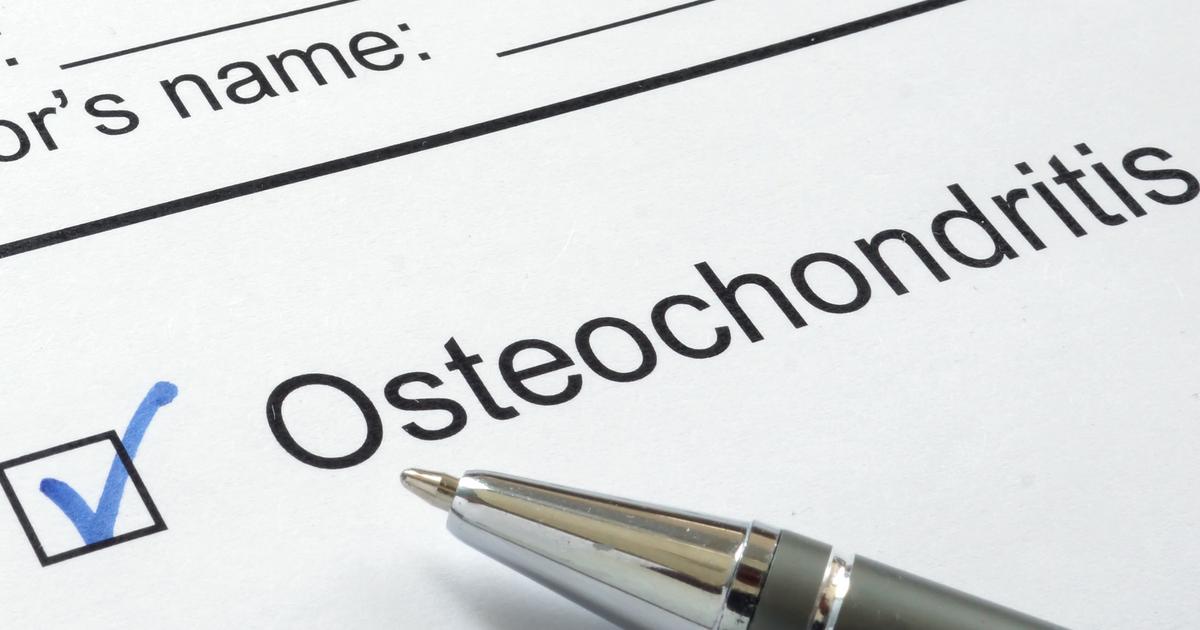
Osteochondritis dissecans is a condition that causes the bone underneath the protective cartilage tissue in a joint to disintegrate from poor blood flow. The dead bone tissue can cause the piece of cartilage protecting the bone to snap off and leave a raw and unprotected bone in the joint. The causes of osteochondritis dissecans are not clear, but some patients are thought to have a genetic factor in the development of their bone condition. The most common symptom of osteochondritis dissecans is the sensation of pain in the affected joint, such as the elbow. The pain that develops is most often triggered by the physical use of the joint like when playing sports, lifting heavy objects, and making swinging motions with the arm.
